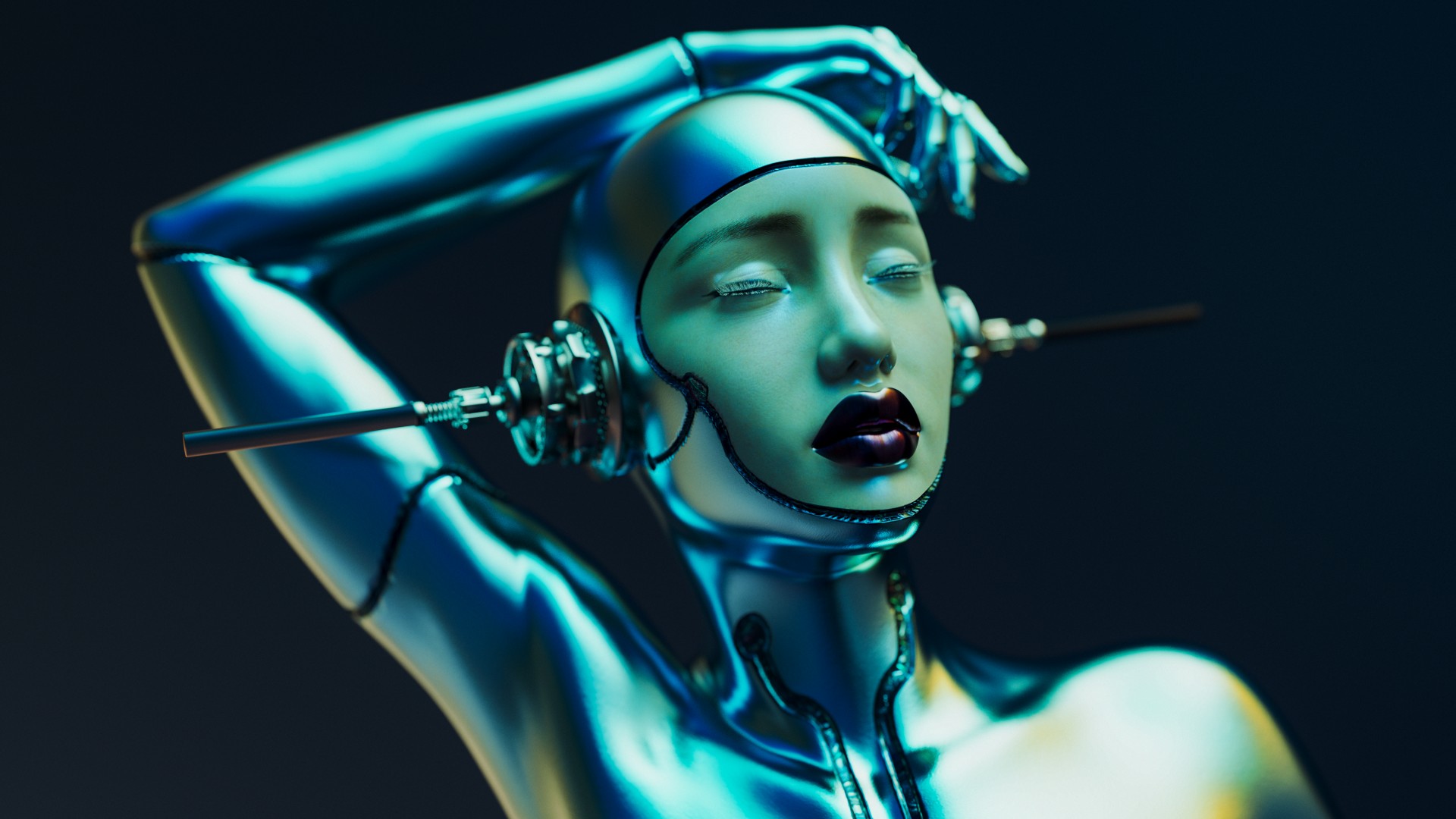In recent times, a disturbing trend has emerged: content creators are increasingly leveraging artificial intelligence (AI) to produce hyper-realistic adult videos—videos that blur the lines between fantasy and reality—drawing huge engagement and monetization on social platforms. What began as speculative “what-if” territory is now part of a booming underground economy.
The Surge of AI Erotica: More Than Just Clickbait
YouTube shorts, Instagram reels, and other social media platforms are now flooded with AI-generated sexual content. These creations range from suggestive banter and explicit jokes to visual simulations of nudity, intimate acts, and provocative scenes. In some cases, creators even simulate sexual dialogues involving minors, the elderly, or people in vulnerable situations.
Many of these videos are made using advanced AI models that turn text prompts or simple images into moving visuals. Some creators use freemium or low-cost tools to generate videos, while others adopt premium services, monetize via subscriptions, sell “how-to” guides, or run private chat sessions.
The strategy is simple yet ruthless: shock + novelty = virality. Many of these videos gain millions of views in days, making AI-made erotica a tempting shortcut to rapid growth.
Ethical, Legal & Social Storms
1. Normalizing the Abnormal
When AI is used to produce increasingly explicit content, it can shift people’s perceptions of what’s acceptable or real. What was once shocking becomes part of the content noise—dangerous territory when it comes to consent and exploitation.
2. The Minors & Vulnerable Groups Risk
Some videos portray minors, older adults, or other vulnerable subjects in sexual contexts—often fabricated, with zero accountability. That’s a direct violation of social, moral, and legal norms.
3. Identity Abuse, Deepfake Harassment & Defamation
AI enables impersonation—superimposing faces onto sexual content or creating fake personas. Victims often have no defense or recourse, as their likeness becomes public without consent.
4. Legal Gaps & Enforcement Challenges
In India, pornography is largely illegal under law. Yet, the legal framework struggles to keep pace with AI’s capacity to create new forms of explicit content. Regulations exist (e.g., IT laws around obscenity, impersonation, defamation), but they don’t clearly address AI-generated erotica. Enforcement is often reactive and slow.
Real Cases That Highlight the Danger
- A man from Assam was arrested for creating sexually explicit AI content of a woman using just one photograph—then distributing it and earning via subscriptions.
- The “Babydoll Archi” case became a viral example: a fake persona built using AI that drew millions of followers before the hoax was exposed.
- Social media audits have revealed dozens of accounts actively publishing AI-generated erotic videos, ranging from provocative dialogues to simulated acts in public settings.
These cases reflect how fast the misuse model has matured—from personal revenge to industrial-scale content factories.
Why It’s Hard to Stop
- Anonymity & Scale: AI generators are easy to use anonymously, and mass production is feasible.
- Algorithmic Rewards: Social media algorithms often prioritize sensational content, pushing these videos wider.
- Jurisdictional Blindspots: Content can be hosted outside India, complicating legal action.
- Public Awareness Gaps: Many users don’t realize content can be manipulated so convincingly—“seeing is believing” may no longer hold true.
What Must Be Done
- Stronger Legal Frameworks
India needs explicit laws covering AI-generated explicit content, with clear definitions of consent, impersonation, and nonconsensual porn. Enforcement must also be streamlined across platforms and jurisdictions. - Platform Accountability
Social media sites, video platforms, and hosting services must detect and remove such content proactively. Watermarking, content filters, and human oversight can help. - Digital Literacy & Awareness
Users, especially youth, need to be educated about deepfakes, AI manipulation, and the dangers of sharing unverified content. - Support for Victims
Legal aid, mental health support, and fast removal mechanisms must be available for those whose images or likenesses are misused. - Ethical AI Development
AI tool developers should embed guardrails to prevent misuse—for instance, restrictions on creating nudity or sexual content when faces are recognized.
The Broader Warning
AI’s transformative power isn’t only exciting—it also magnifies societal risks. As we step into an era where illusions can be indistinguishable from reality, the question shifts: How do we protect dignity, privacy, and truth in a world built on synthetic content?
This isn’t just a tech problem—it’s a legal, social, and moral one. And unless we confront it head-on, the impact will go beyond clicks and likes—it could reshuffle the boundaries of consent, identity, and trust.








